OpenAI recently unveiled the o1 model, its first in a series of “reasoning” models designed to tackle complex questions faster than humans. Released alongside the smaller o1-mini, this model has been highly anticipated and is often referred to as the "Strawberry" model in AI circles.
The release of o1 marks a significant step in OpenAI’s mission to create AI with human-like reasoning capabilities. While o1 excels at multistep problems and coding tasks, it comes at a higher cost and is slower than GPT-4o. Despite being labeled as a “preview,” it offers an exciting glimpse into the future of AI technology.
How to use OpenAI o1
ChatGPT Plus and Team users can access both o1-preview and o1-mini through the model picker. Initially, usage is limited to 30 messages for o1-preview and 50 for o1-mini per week, but OpenAI plans to raise these limits soon.
For developers, API access is available to those in usage tier 5, with a current rate limit of 20 requests per minute. The API lacks features like function calling, streaming, and system messages, but OpenAI is actively working to add these features. Full API documentation is available for more detailed instructions.
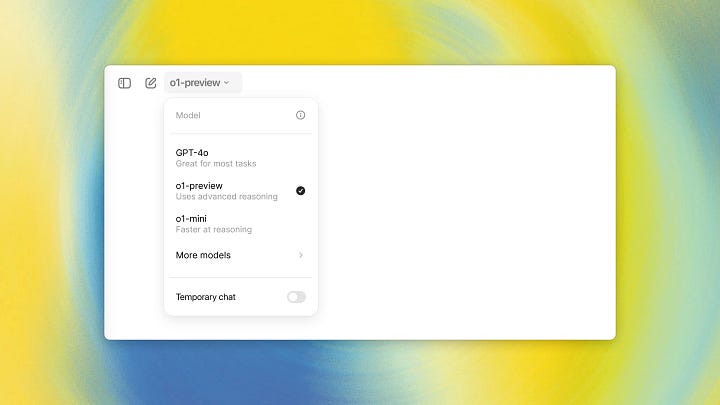
What Sets o1 Apart?
o1 is trained with a new optimization algorithm and dataset, utilizing reinforcement learning instead of the pattern-mimicking method used in previous models. This allows o1 to solve problems step-by-step, much like how humans approach complex tasks. It delivers more accurate answers with fewer hallucinations, though OpenAI admits hallucinations are still an issue.
Improved Problem-Solving Abilities
In internal testing, o1 outperformed GPT-4o in tasks like coding and math problems. It excelled in Codeforces competitions, placing in the 89th percentile, and scored 83% on a qualifying exam for the International Mathematics Olympiad, far exceeding GPT-4o’s 13%.

Limitations of o1
While o1 excels at reasoning, it has limitations. It doesn't have as much factual knowledge as GPT-4o, and it can’t browse the web or process files and images. Despite these restrictions, OpenAI sees o1 as the beginning of a new class of AI models, representing a fresh approach to AI naming conventions and technology.
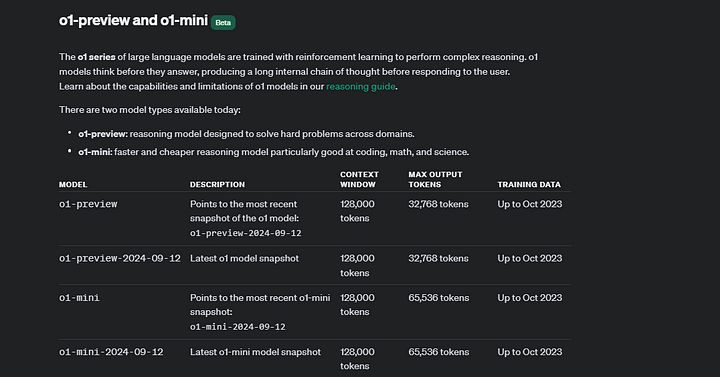

How to Use the OpenAI o1 API
If you’re interested in leveraging OpenAI’s latest model, o1, for its enhanced reasoning capabilities, here’s a quick guide on how to get started with the API:
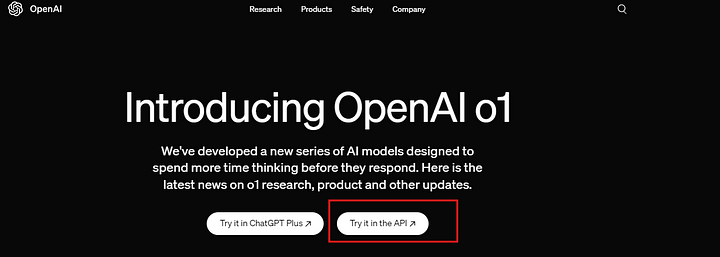
1. Get Access to o1 API
- Visit OpenAI’s website to sign up for API access, or log in if you already have an account.
- Navigate to the API Keys section to generate your API key. Make sure to be mindful of pricing, as o1 is more expensive than previous models like GPT-4o.

2. Install the OpenAI Python Library
Install the OpenAI Python library on your local machine using the following command:
pip install openai
3. Make an API Call
With your API key in hand, you can now make your first API call using Python:
import openai
def get_chat_completion(prompt, model="o1-preview"):
messages = [{"role": "user", "content": prompt}]
response = openai.ChatCompletion.create(
model=model,
messages=messages,
temperature=0,
)
return response.choices[0].message["content"]
response = get_chat_completion("Translate into Spanish: I am learning to use OpenAI API!")
print(response)
This function sends a user prompt to the o1-preview model and returns the response.

4. Send API Requests with Apidog
Apidog is a powerful API testing tool similar to Postman. You can send cURL requests to OpenAI’s API using Apidog. Here’s how to set up a POST request:
curl https://api.openai.com/v1/completions \
-H "Authorization: Bearer $OPENAI_API_KEY" \
-H "Content-Type: application/json" \
-d '{
"model": "o1-preview",
"prompt": "Explain the theory of relativity in simple terms.",
"max_tokens": 150
}'
Replace $OPENAI_API_KEY with your actual API key. After sending the request, you’ll receive the response in JSON format.
5. Test your OpenAI o1 API with APIDOG
You can use Apidog to send cURL requests. Apidog is a powerful API development and testing tool that offers a range of features and benefits to developers. Like Postman, Apidog allows users to send cURL requests, which is particularly useful for those already familiar with cURL in a terminal or command line interface. Leveraging Apidog’s user-friendly interface and numerous functionalities, you can create and send cURL requests alongside other types of requests with great ease. This enables developers to efficiently test APIs, quickly identify and debug potential issues, and maximize their API development workflows.
Step 1: Access the OpenAI API project on Apidog, select the Chat Completions API endpoint from the left menu, and on the new request screen, enter the HTTP method and endpoint URL according to the ChatGPT specification. Then, in the “Body” tab, write the message you want to send to ChatGPT in JSON format.

Step 2: Switch to the “Header” tab, add the Authorization parameter to authenticate with the ChatGPT API, enter the ChatGPT API key you obtained, and click the “Send” button.
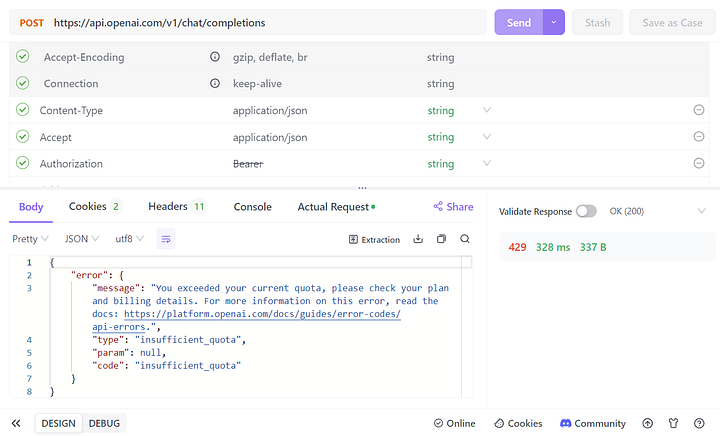
Note: In Apidog, you can store your OpenAI API key as an environment variable. Storing the OpenAI API key as an environment variable means you can directly reference the environment variable later without having to re-enter the API key repeatedly, which is convenient.
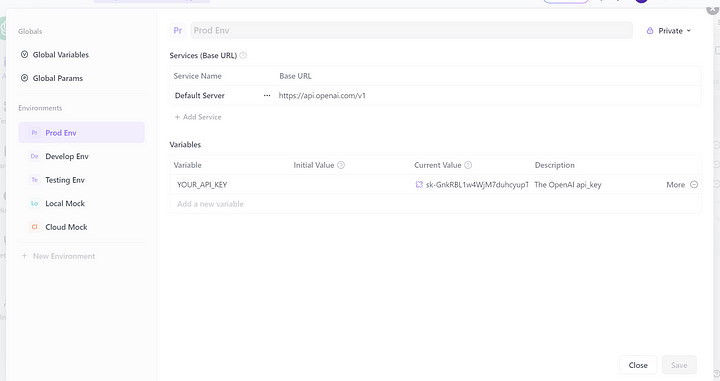
Building Toward the Future
While o1 is still in its early stages, it represents an exciting new direction for AI, especially in reasoning and problem-solving tasks. Despite its higher costs and slower speed, it offers a glimpse into a future where AI not only understands patterns but also reasons through them.
As OpenAI continues to refine its reasoning models, the introduction of o1 sets the stage for future breakthroughs in AI development, bringing us closer to a world where AI can solve increasingly complex problems.




